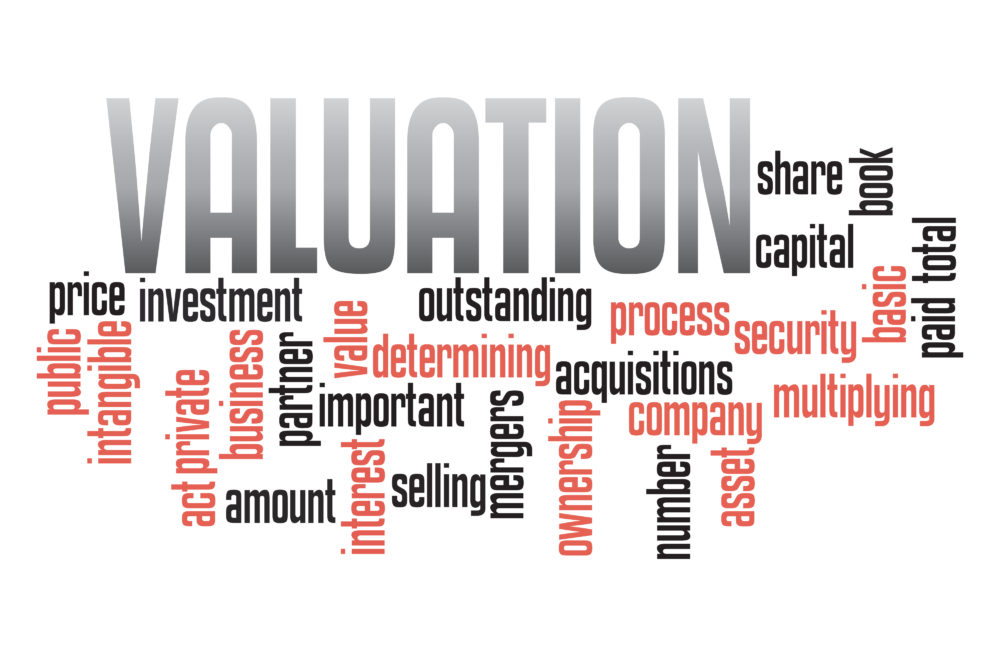It is generally accepted that the best time to sell a business is when the going is good, when revenue and profits are growing and when prospects are bright.
However, when it comes to getting an idea of what their businesses are worth, business owners are at a disadvantage. Then tend to approach business brokers for valuation guidance and brokers often quote inflated and unrealistic figures in order to flatter vendors into listing with them. At UK Business Brokers we see this quite often and with many business brokers operating in the UK.
At the other end of the scale business owners find that valuations from properly qualified accountants, using well accepted and traditional valuation methodologies, don’t generate an exciting enough figure.
The achievable price is not, as one would expect, somewhere between broker and accountant appraisals. Prices that owners extract from the market are sometimes far in excess of even the most optimistic valuations from the business broker community, and far is excess of what these businesses are worth.
Vendors who have succeeded in achieving prices considerably beyond ‘Fair Market Value’ tend to be vendors who’ve identified a specific type of buyer; the buyer who is willing to pay well over the odds because it makes financial sense for them.
There are several reasons why a business could be worth significantly more to one buyer than to another. A few of these are covered below:
1. The board could see some ‘synergy’ eg they see a way of maintaining revenue but making cuts to the target company’s costs thereby increasing profitability. Perhaps they have spare capacity they’d like to use, or bulk buying discounts they can access if they can ramp their sales up sufficiently. The quickest way to make a substantial increase in sales is to go the inorganic route of acquiring an established company’s sales pipeline.
Or it could be the case that the acquirer has contacts capable of driving substantial new custom and they need an existing set-up to demonstrate ability to fulfil orders.
Synergistic buyers can afford to pay more because the figures, for them, justify the higher price. They’re bidding based not on how the target is performing now but on what they can do with it – on the ‘potential’ the business represents to them.
2. The buyer could be a publicly traded company taking advantage of the fact that public companies trade at higher earning multiples.
How it works: Acme International’s shares trade at a P/E of 20 (a Price/Earnings ratio of 20). Given their earnings of £25 million, the total market value of their shares stands at £25 million x 20 = £500 million.
They set out to acquire Small Fry Ltd at 10x the target’s annual earnings of, say, £3 million. Acme International pays £30 million to complete the transaction, but the value of their own business stays at their PE ratio of 20. Acme’s total earnings are now £28 million (£25 million + £3 million) and the market value of their shares increases to £560 million (£28 million x 20). They’ve increase by £30 million more than Acme paid for the acquisition.
Given the pressure public companies are under to increase value for shareholders, and the relative ease with which this can be achieved through acquisitions, strategy directors of these companies tend to be always on the lookout for a good buy.
3. Competitors often acquire businesses just to close them down. As counterintuitive as that may sound it can make a lot of sense. Closing the target company can benefit the acquirer by removing downward pressures on prices. There are other good reasons to buy a company just to close it down.
In early 2015 Apple made an outright purchase of a company called FoundationDB and promptly killed it. Apple’s real target was FoundationDB’s intellectual property: a far cheaper database technology than Oracle’s. Apple wanted to use the technology themselves. But an even more important goal was to prevent other firms gaining access to the competitive advantage of the huge savings in operating costs that this technology was able to deliver.
The most prolific buy-and-kill operator is, arguably, Google; they’ve bought and closed Slide, Aardvark, Phatbits and numerous other businesses.
Occasionally the acquisition is for the human capital in the company, an acquisition practice that’s called acquihiring.
In situations like the above the earnings of the target company are irrelevant for purposes of determining price as value to the acquirer derives not from running the company as a going concern but from other considerations.
4. Private equity firms typically buy businesses, load them with debt while extracting as much return as they can, then sell them on for a profit. If a business matches a certain profile – relatively low debt, for example – PE firms can and do pay way over the odds.
5. A company in a completely different line of business could see disproportionate value in a target’s lease because they urgently need to demonstrate they have local presence (to land a contract/fulfil another contract/qualify for a grant/meet some obligations).
6. Private equity houses and large corporations often take boardroom decisions to invest x million pounds in acquiring businesses in a specific industry. They have to make acquisitions to demonstrate growth and please their investors; it’s difficult for large companies to grow ‘organically’; they have to rely on growing through acquisitions.
When it’s close to year end and the investment manager hasn’t met his acquisition targets, he may be under pressure to overpay in order to meet the company’s strategic goals (and his own bonus).
7. Foreign investors regularly buy their way into the UK. They buy residency by acquiring a business. This immigration ‘concession’ is called the Tier 1 Entrepreneur Visa. These investors are willing to foot a higher price because they need to meet a certain investment target to gain immigration status and a visa.&nbs
For them it’s not about how much the business is ‘worth’, it’s about what’s required to get access for them and their families to live in the UK.
8. Acquisition accounting: Because the costs of an acquisition come out of the financing section of the cash flow, but the increase in sales and profit get added to the operating cash flow, acquisition is often seen as a quick way for larger companies to cover poor performance; the acquisition of a business can keep the company’s performance looking healthy even when it’s not.
Conclusion: Business owners who’ve held back from testing the water, perhaps because they didn’t feel their earnings justified the price they’d need to get to sell their business, may be well advised to get some expert advice on hunting down the right type of buyer.
Clinton Lee is founder of The EXIT Firm.





